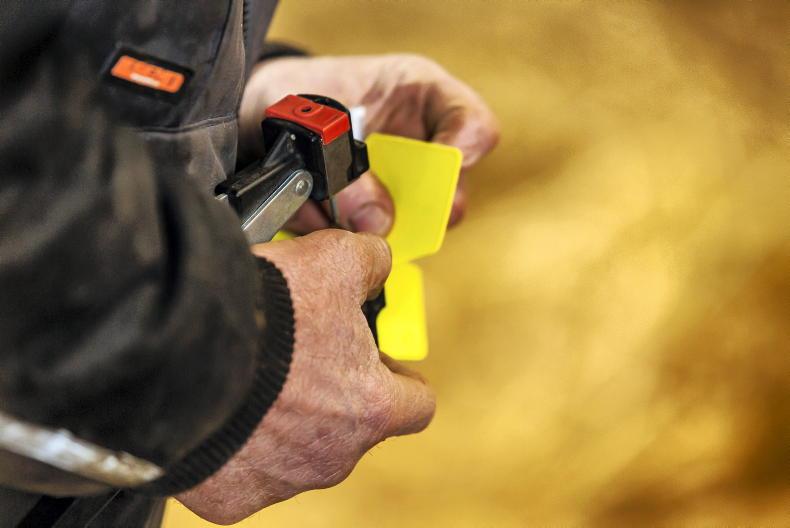There are numerous challenges facing dairy farmers during the snow crisis. On top of giving feed and water to stock, cows need to be milked and milk needs to be collected.
When it comes to milking, the good news is that air temperatures are set to increase, but will probably not increase above 0°C until tomorrow morning. This means that milking machines won’t be freezing and re-freezing constantly.
Those with frozen parlours and frozen water are in a bind. The only hope is to thaw the plant with blow heaters. If hot water is available, use this to thaw frozen units. If it is just the claw piece that is frozen, squirting milk from the teat may heat it sufficiently to thaw the water. But it’s a slow and tortuous process.
The main issues on many farms are moving from problems with milking cows to problems with getting milk collected. With bulk tanks filling fast and collections stalled, some farmers have had to dump milk already.
The last time milk storage was an issue on farms at the end of quotas in 2015, farmers were ingenious with finding solutions. But the big difference is they were prepared for it. In the main, farmers were not prepared for storing milk in this storm.
With bulk tanks filling fast and collections stalled, some farmers have had to dump milk already
Old bulk tanks would be the ideal, but any container that is completely clean should work. A lot depends on how soon you think collections can resume. Proximity to main roads will be the main factor as these will be cleared first. Those in remote areas should be concerned as it could be beyond the weekend before collections will resume.
If storing milk in containers without a chilling unit, pump chilled milk from the bulk tank. At current temperatures, this milk should hold for a few days without going off. Pump this milk back to the bulk tank once a day to recirculate and keep cool.
If milk needs to be dumped, make sure it doesn’t end up in a watercourse. Milk is extremely toxic and is one of the worst pollutants there is. The best way to dispose of milk is to spread it on land, but this is not feasible in most cases. Where there is slurry storage, let milk into slurry tanks. Odour problems may occur five days later. Mixing slurry and effluent can give off lethal gases, so do not do it in confined spaces.
Milk can be fed to livestock and it can reduce concentrate feeding levels. Calves should be three weeks of age before milk intakes should be increased. They can get up to 12 litres of milk before weaning but they need to be built up to this slowly, so it is probably not advisable for this problem. Four litres of milk to weanlings can be fed instead of 1kg of meal.
According to Dairy NZ, milk can be fed to milking cows at a rate of up to 10 litres per head per day. Feed milk in water troughs or spread on silage if fed in troughs.
The snow has made its way into nearly every calf shed in the country. As a result, beds are wet and calves are uneasy. There’s not much point in topping up the beds with fresh straw if it is still snowing. Wait for snow to stop before doing anything. Ideally, sheds should be cleaned out before fresh straw is added.
The next problem facing farmers is a lack of power. Get generators out and ready for standby just in case power goes.
Greenfield Farm
Heavy snow and freezing winds are making farming almost impossible at the Greenfield Farm in Kilkenny today. Overnight and early this morning, up to a metre of snow drifted in from the fields on to the concrete yards, stand-off pad and topless cubicles. Large drifts have left cows stranded and cut off from other herd comrades. Farm staff Eoin Finneran, John Mannion and Ruth Blackburn have made it into the farm today and are attempting to keep cows and calves fed.
Farm manager Eoin Finneran said: “Two cows calved overnight and unfortunately both calves died once they were exposed to the cold depsite our best efforts.”
At this stage, it is unclear if the cows will be milked today. A lot of snow will have to be moved to allow cows access the parlour. Temperatures are still below freezing and snow continues to fall. There is no doubt but further losses will follow.
‘I’m worried about animals but you could kill yourself trying to save them’
What to look out for if the power goes and you need to use a generator










SHARING OPTIONS